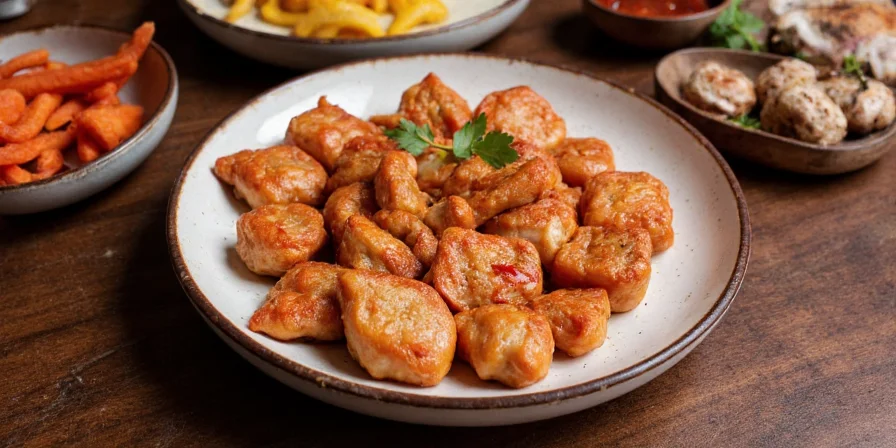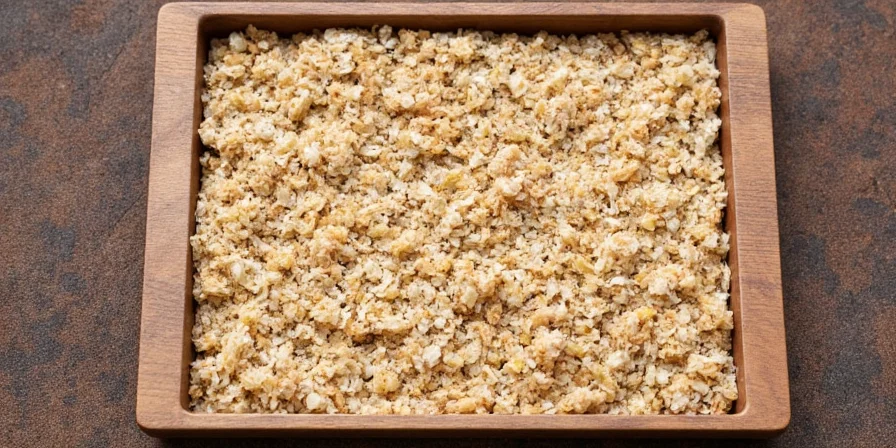Confused about which cinnamon to buy? Ceylon and Cassia cinnamon look similar but have crucial differences that affect your health and cooking results. The cinnamon in most grocery stores (Cassia) contains 100x more coumarin than Ceylon - a compound that can cause liver damage with regular consumption. This guide reveals exactly how to identify each type, which is safer for daily use, and when to choose one over the other.
Based on 2025 safety guidelines and lab tests, we'll show you the simple visual test to distinguish them at the store, optimal daily limits, and which type actually delivers better flavor in common recipes. No more guessing - get clear answers to your most urgent cinnamon questions.
Table of Contents
- Cinnamon Comparison: Key Differences at a Glance
- Ceylon Cinnamon: The Safer Choice
- Cassia Cinnamon: What Grocery Stores Sell
- Direct Comparison: Safety, Flavor & Cost
- How to Tell Them Apart (Simple Test)
- Which Cinnamon Should You Buy?
- Health Risks and Benefits Explained
- When to Use Each Type in Cooking
Cinnamon Comparison: Key Differences at a Glance
Most people don't realize they're probably using Cassia cinnamon, not "true" Cinnamon. Here's what matters most for your health and cooking:
| Feature | Ceylon Cinnamon | Cassia Cinnamon |
|---|---|---|
| Also known as | "True" Cinnamon | Regular Cinnamon, Chinese Cinnamon |
| Coumarin content | Very low (safe for daily use) | Very high (risk with regular use) |
| Price comparison | 5-10x more expensive | Affordable, widely available |
| Best for | Daily consumption, delicate recipes | Occasional use, bold recipes |
| How to identify | Multiple thin layers, soft texture | Thick single layer, hard texture |

Ceylon Cinnamon: The Safer Choice
Ceylon cinnamon (Cinnamomum verum) comes from Sri Lanka and contains very low levels of coumarin - the compound that can cause liver damage. This makes it safe for daily consumption, especially important if you use cinnamon in morning coffee, oatmeal, or supplements.

Why choose Ceylon:
- Contains just 0.017g/kg of coumarin (safe for daily use)
- Can be consumed up to 3 grams daily (about 3/4 teaspoon)
- Softer, more complex flavor that works in delicate recipes
- Preferred for children, pregnant women, and those with liver concerns
- Makes better cinnamon tea and cold infusions
Cassia Cinnamon: What Grocery Stores Sell
When you buy "cinnamon" at most supermarkets, you're getting Cassia (Cinnamomum cassia) from China or Indonesia. It's cheaper and more widely available, but contains dangerous levels of coumarin with regular use.

Important Cassia facts:
- Contains 2.5-13g/kg of coumarin (150x more than Ceylon)
- Safety limit: Max 0.5 grams daily (about 1/8 teaspoon)
- Stronger, more intense flavor that dominates recipes
- Makes up 94% of cinnamon sold in supermarkets
- Can cause health problems with daily consumption
How to Tell Them Apart (Simple Test)
You don't need a lab to identify cinnamon types. Try this foolproof method at the store:
The Bend Test:
- Ceylon: Flexible sticks that bend easily and show multiple paper-thin layers when broken
- Cassia: Hard, rigid sticks that crack like wood with a single thick layer
The Water Test:
- Dissolve 1 gram in warm water for 5 minutes
- Ceylon: Creates a clear solution with no sediment
- Cassia: Creates cloudy water with visible particles

Which Cinnamon Should You Buy?
Your choice depends on how you'll use it. Here's exactly what to do:
- For daily use (coffee, oatmeal, supplements): Always choose Ceylon - Cassia's coumarin adds up dangerously
- For baking (cookies, cakes, breads): Cassia works well for occasional use due to stronger flavor
- For delicate recipes (custards, light sauces): Ceylon's subtle flavor won't overpower
- For health supplements: Verify it's Ceylon - many "cinnamon supplements" use unsafe Cassia
- On a budget: Use Cassia sparingly (max 1/8 tsp daily) and save Ceylon for daily needs
Health Risks and Benefits Explained
Understanding the health implications helps you make safer choices:
Ceylon Benefits:
- Safe for daily consumption up to 3 grams
- Helps regulate blood sugar gradually
- Contains more diverse antioxidants
- Ideal for long-term health routines
Cassia Risks:
- Coumarin can cause liver damage with regular use
- Max safe amount: 0.5 grams daily (1/8 teaspoon)
- Risk increases with pre-existing liver conditions
- Not recommended for children or pregnant women

When to Use Each Type in Cooking
Get the best results by matching cinnamon to your recipe:
Use Ceylon When:
- Making French toast or delicate breakfast dishes
- Creating custards, puddings, or light sauces
- Brewing cinnamon tea or cold infusions
- Adding to morning coffee or smoothies daily
- Cooking for children or those with health concerns
Use Cassia When:
- Making bold recipes like snickerdoodles or gingerbread
- Creating spice rubs for meats
- Baking occasional holiday treats
- You need strong flavor impact in small amounts
- Cost is a primary concern for infrequent use

Frequently Asked Questions
How can I tell which cinnamon I have at home?
Perform the bend test: Ceylon sticks flex easily and show multiple thin layers when broken. Cassia sticks are hard, crack like wood, and have a single thick layer. For a definitive test, dissolve 1 gram in warm water - Ceylon creates clear liquid while Cassia makes cloudy water with sediment.
Is Cassia cinnamon dangerous?
Cassia isn't dangerous when used occasionally in small amounts (max 1/8 teaspoon daily). The risk comes from regular daily consumption, which can lead to coumarin buildup and potential liver damage. If you use cinnamon daily in coffee, oatmeal, or supplements, switch to Ceylon for safety.
Why is Ceylon cinnamon more expensive?
Ceylon costs more because it's more labor-intensive to harvest (requires manual peeling of young shoots), produces less yield per tree, and comes from limited growing regions (primarily Sri Lanka). The higher price reflects true production costs, not just premium branding.
Can I substitute Ceylon for Cassia in recipes?
Yes, but adjust quantities. Use 1.5 times more Ceylon to match Cassia's flavor strength. For baking, increase Ceylon by 30-40% and slightly reduce other spices. Never substitute Cassia for Ceylon in daily use applications due to coumarin risks - they're not interchangeable for regular consumption.
Does "organic" cinnamon mean it's Ceylon?
No. Organic certification only verifies growing methods, not cinnamon type. Approximately 78% of organic cinnamon sold is actually Cassia. Look for specific labeling like "Ceylon," "True Cinnamon," or Cinnamomum verum to ensure you're getting the safer variety.











 浙公网安备
33010002000092号
浙公网安备
33010002000092号 浙B2-20120091-4
浙B2-20120091-4